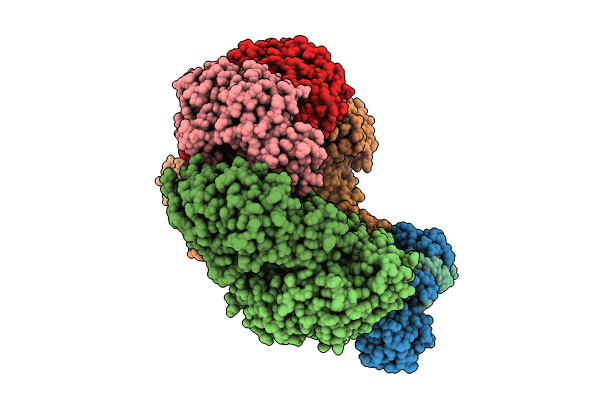
Deposition Date
2024-02-19
Release Date
2024-07-31
Last Version Date
2024-09-11
Entry Detail
PDB ID:
8YDB
Keywords:
Title:
Type I-FHNH Cascade-dsDNA intermediate complex
Biological Source:
Source Organism:
Selenomonas sp. (Taxon ID: 2053611)
Host Organism:
Method Details:
Experimental Method:
Resolution:
3.40 Å
Aggregation State:
PARTICLE
Reconstruction Method:
SINGLE PARTICLE


